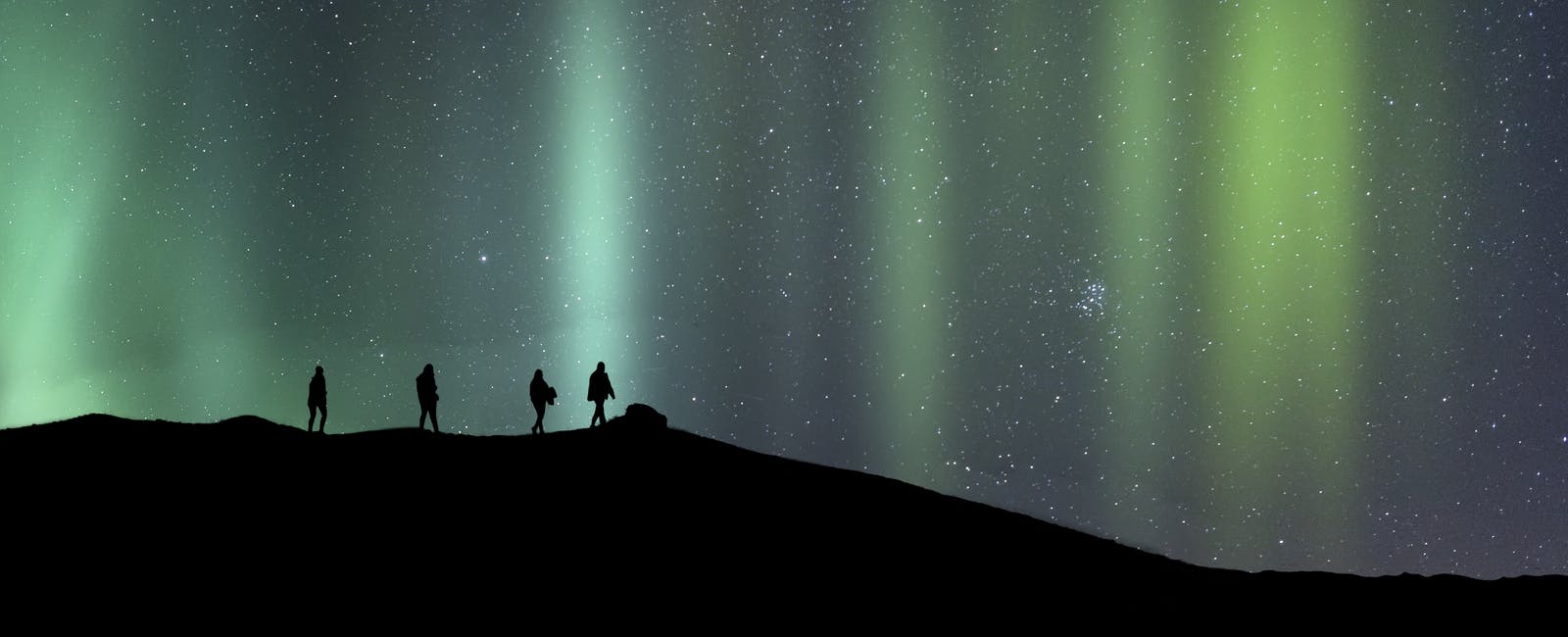
How To Find the Northern Lights in Iceland
For many visiting Iceland, witnessing the Northern Lights is a dream come true. While organized Aurora tours offer a guided experience, they can be pricey, especially if you're considering multiple outings. So, how can you maximize your chances of seeing this natural wonder without the added cost of a tour? By taking matters into your own hands and embarking on an independent Northern Lights hunt, you can have a fulfilling experience. Here are some steps to guide you on this self-led adventure.
Step 1: Plan To Visit Between September and March
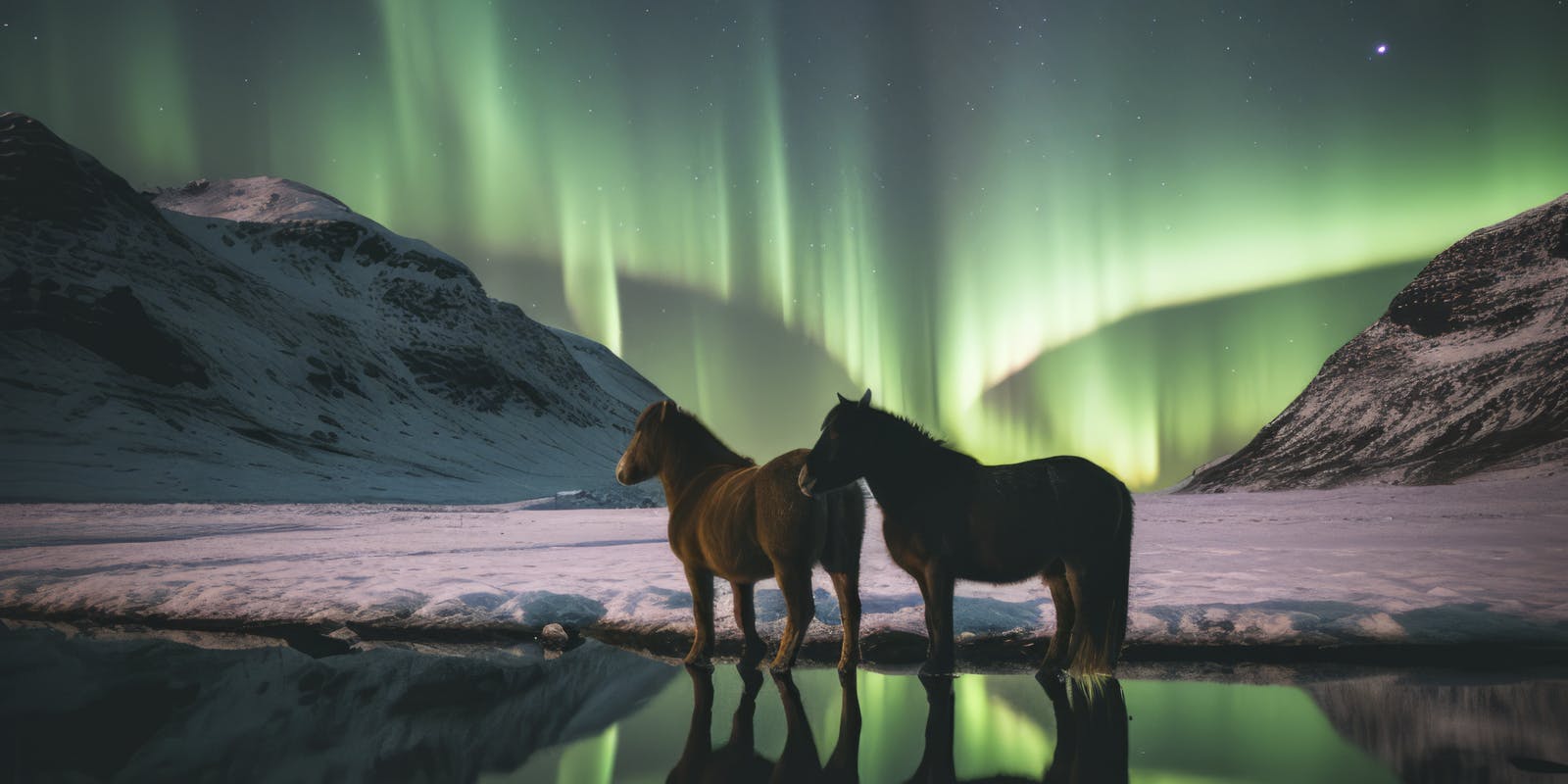
When you're thinking about catching a glimpse of the Northern Lights in Iceland, timing is everything. The Northern Lights, also known as the Aurora Borealis, are most commonly visible between September and March. While there's a chance to see them in August and April, your best bet is around the spring or autumn equinox.
But why is this period ideal? It's all about the night sky. For the Northern Lights to be visible, you need dark, clear skies. The longer the night, the better your chances of seeing this natural wonder. This is why the months with extended darkness, like those in winter, are often recommended.
However, a common misconception is that the middle of winter is the best time. While it's true that the nights are longest then, the extremely cold weather can be a challenge, especially if you're not accustomed to such temperatures. So, while midwinter might offer longer viewing opportunities, it's essential to weigh that against the potential cold and decide what's best for your comfort and experience.
Step 2: Check the Weather Forecast
When you're eager to witness the Northern Lights in Iceland, the weather plays a pivotal role. Iceland's weather is known for its unpredictability, so it's essential to stay updated with the latest forecasts. Even if the initial forecast seems unfavourable, remember that conditions can change rapidly. Don't be too quick to abandon your plans.
Clear skies are your best friend when hunting for the Northern Lights. The Icelandic Met Office's website is a valuable resource in this regard. It provides radar maps that allow you to track incoming storms and gauge their strength. These maps can help you determine the best locations to position yourself for a potential sighting.
Additionally, take into account the local knowledge. Engage with the staff at your accommodation, whether it's a hotel or a guest house. They often have firsthand experience and can offer insights that might not be immediately apparent from online resources.
If the skies remain clouded, postponing your Northern Lights adventure to another evening might be best. However, always remain hopeful and periodically check the sky. As the night progresses, you might get a surprise as conditions evolve.
Step 3: Check the Aurora Forecast
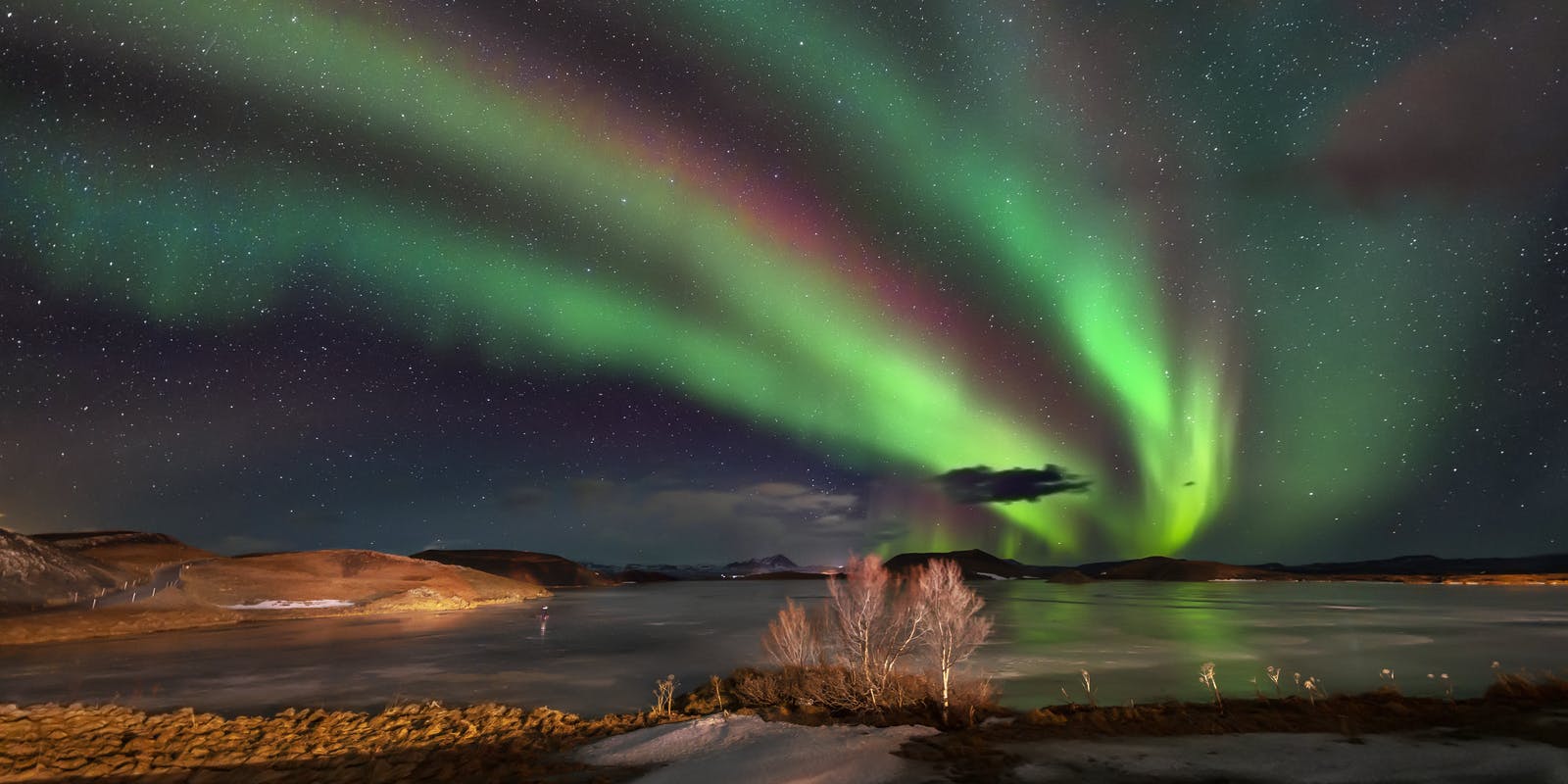
In addition to the weather, the Northern Lights visibility is influenced by solar activity. This activity refers to the sun's emissions, which, when they interact with Earth's atmosphere, can produce the mesmerizing lights we seek.
To help enthusiasts, there's a specific forecast dedicated to tracking this solar activity. The Icelandic Met Office website is a handy tool in this context. On their site, you'll find a regularly updated map that displays current solar activity levels. They rate this activity on a scale from 0 to 9.
A rating over three indicates a good chance of seeing the Northern Lights. However, as the number climbs closer to nine, your odds of witnessing a vibrant display increase. So, while checking the weather is crucial, always remember to consult the solar activity forecast to maximize your chances of a memorable Northern Lights experience.
Step 4: Dress for the Icelandic Weather
When the Northern Lights dance across the sky, you'll be so captivated that you might forget about the biting cold of Iceland. However, the cold will quickly remind you of its presence once the lights dim. So, it's essential to be prepared.
Start with a solid foundation: a warm base layer. Wool is a top choice because of its natural insulating properties. Layering is key in cold environments, so add a couple more layers, like fleece or wool sweaters, after your base. These materials provide warmth without restricting your movements, ensuring you're comfortable during your Northern Lights adventure.
A sturdy, waterproof, and windproof coat is a must-have. It'll shield you from the unpredictable Icelandic weather, from sudden rain showers to gusty winds.
Remember your extremities; they're often the first to feel the cold. A snug hat, a scarf or snood, and gloves are essential. Double up on wool socks to keep your toes warm.
Lastly, your choice of footwear is crucial. Opt for shoes that are not only warm but also designed for uneven terrains, like hiking boots. A thick sole is a bonus, acting as a barrier between your feet and the cold ground, ensuring you stay warm from head to toe.
Step 5: Fill Your Daypack
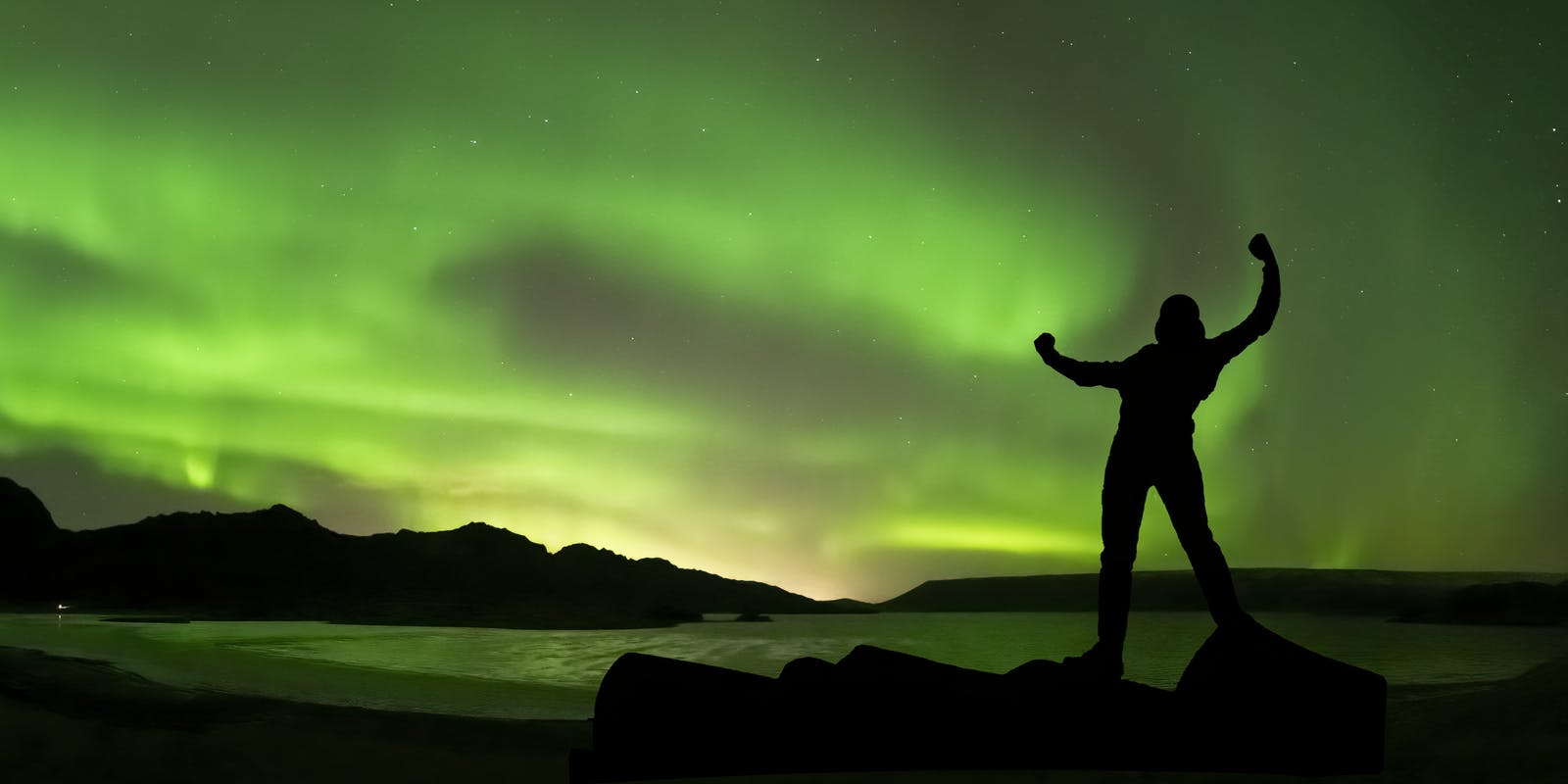
A well-packed daypack can make all the difference when setting out to witness the Northern Lights in Iceland. Think of it as your personal toolkit for staying comfortable and prepared during your outing.
Firstly, consider beverages. The cold can be biting, and while the Northern Lights are a mesmerizing distraction, you'll appreciate a warm drink to keep the chill at bay. Packing a flask filled with cocoa or coffee ensures you have a comforting drink on hand. This way, you can stay outdoors longer without the temptation of heading inside for warmth and potentially missing a spectacular light display.
Electronics, especially in cold environments, can be tricky. Batteries tend to deplete faster in lower temperatures. So, an extra battery pack is essential if you're planning to capture the moment on your phone or camera. Imagine the disappointment of spotting the perfect Aurora moment, only to realize your device is out of power!
Additionally, the dark Icelandic nights can be challenging to navigate. A head torch will be invaluable, allowing you to see and move around safely. And while we're on the topic of staying comfortable, an extra pair of gloves and dry socks can be a lifesaver. It's easy to misjudge a step in the dark and end up with wet feet, so being prepared with a dry pair can keep discomfort at bay.
In essence, packing smartly ensures you're ready for whatever the Icelandic night throws at you, allowing you to focus solely on the beauty of the Northern Lights.
Step 6: Hit the Road
Driving on your own in search of the Northern Lights offers a level of freedom that's hard to match. With your own vehicle, you can choose your destination and change your plans on the fly, ensuring you're always in the best spot to catch the Aurora.
Before you venture too far, it's a good idea to check your fuel levels. Starting with a full tank ensures you won't be caught off guard in a remote area without access to a gas station. Having your own vehicle also means you can bring along some larger equipment, like a sturdy tripod. This can be invaluable for capturing clear shots of the Northern Lights, especially in the gusty Icelandic conditions.
For added comfort, consider keeping a couple of blankets in the car. If the cold becomes too much, you can wrap up while waiting for the car's heater to do its magic. It's a simple addition that can make your experience much more enjoyable.
Lastly, navigation is key. While modern technology like SatNav or Google Maps on your phone is incredibly useful, it's always wise to have a backup. A printed map can be a lifesaver in areas with weak or no signal. This way, you can confidently traverse the Icelandic landscapes, knowing you're on the right path to witnessing one of nature's most stunning displays.
Step 7: A Guaranteed Northern Lights Show
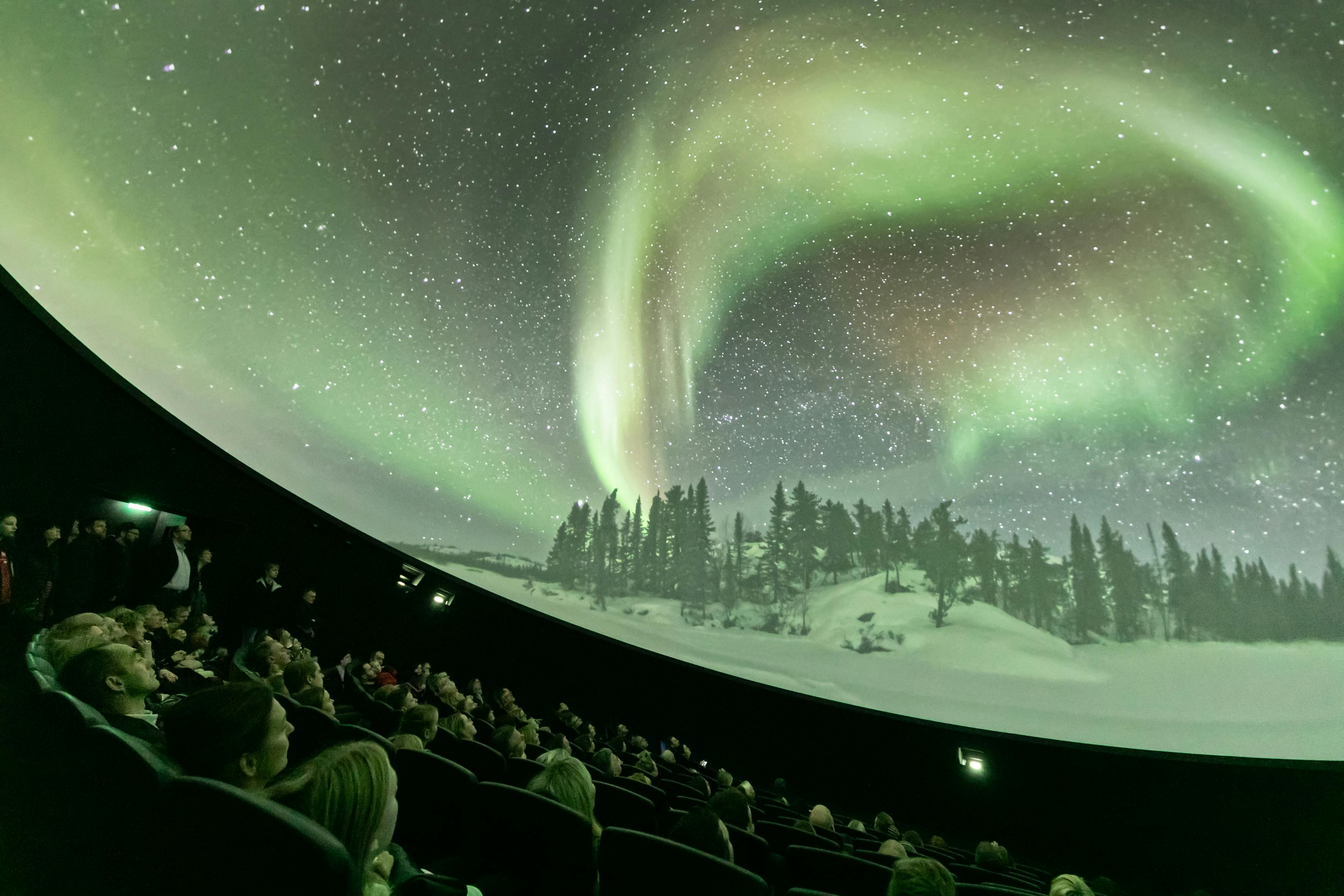
Sometimes, despite our best efforts and preparations, nature doesn't cooperate. If the Northern Lights remain elusive during your trip, don't be disheartened. Reykjavik offers a unique solution: Perlan.
Located on the city's outskirts, Perlan houses an impressive 8K presentation named Áróra. This immersive show transports you across Iceland's breathtaking landscapes in pursuit of the Northern Lights. It's a visual spectacle that captures the magic and beauty of the Aurora Borealis, ensuring you don't leave Iceland without experiencing its wonder.
The best part? Áróra boasts a 100% success rate in showcasing the Northern Lights. While there's an undeniable charm in witnessing the real thing, Perlan's presentation offers a guaranteed, awe-inspiring alternative. So, if the skies aren't in your favour, remember that the mesmerizing world of Perlan awaits.
Popular articles

Reykjanes Volcanoes Overview
Enjoy a complete overview of the Reykjanes Volcanoes from 2021-2024. Learn about its geology, recent activity, and visitor tips for a safe, memorable experience.

Reykjanes Peninsula Volcanoes: Sundhnúksgígar Eruptions
The anticipated volcano has erupted in the Reykjanes Peninsula, the site is being called Sundhnúkagígar. See the historic insights on the seismic activity and volcanic eruptions.

Earthquakes in Iceland
Earthquakes in Iceland are a fact of life. Each year, hundreds of small tremors shake the earth, a reminder of the country’s position on a tectonic plate boundary.

Volcano Museums and Exhibitions in Iceland
If you don't manage to visit an actively erupting volcano in Iceland - Experience its force at one of these excellent volcano museums and exhibitions in Iceland.

Top 10 Places To See the Northern Lights in Iceland
You can see the northern lights across the country, but some spots are more suitable than others. Find the best place to see the northern lights in Iceland.

Ice Caves From Reykjavik
Travel beyond the capital for a closer look at an ice cave under one of Iceland’s glaciers. If you can’t spare the time, experience Perlan’s ice cave in Reykjavik.